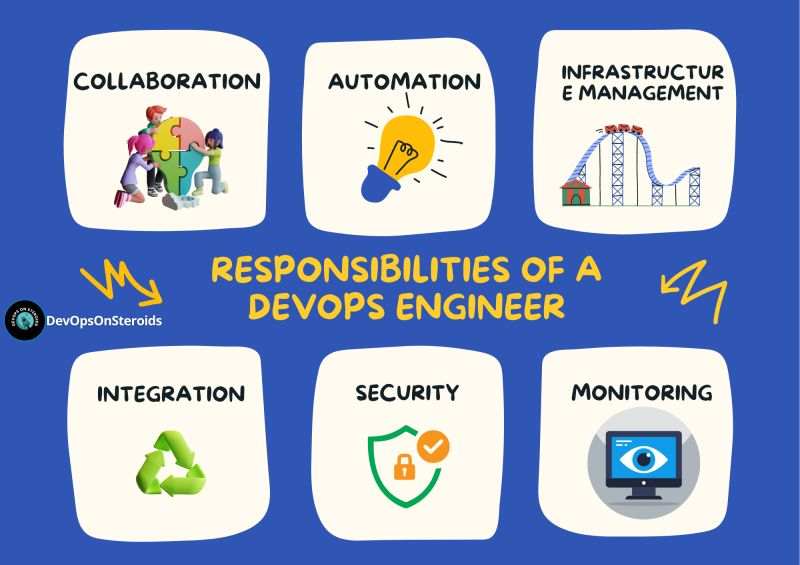In the ever-evolving landscape of technology, businesses are continually seeking ways to enhance their operations, improve efficiency, and reduce costs. One critical strategy that has gained significant traction in recent years is migrating legacy applications to the cloud. This process, however, is not without its challenges. It requires meticulous planning, precise execution, and a deep understanding of DevOps practices to ensure a seamless transition. This comprehensive guide will walk you through the intricate details of migrating a legacy application to the cloud, leveraging the power of DevOps to streamline and optimize the process.
Introduction
The Importance of Migration
In today's digital age, legacy applications, though reliable, often lack the scalability and flexibility needed to meet the demands of a rapidly changing market. Cloud migration offers a pathway to modernize these applications, enhancing performance, scalability, and cost-efficiency. However, the success of this migration heavily depends on the adoption of DevOps practices, which bridge the gap between development and operations, fostering collaboration and automation.
Understanding DevOps
DevOps is more than just a set of tools; it's a cultural shift that emphasizes continuous integration, continuous delivery, and continuous monitoring. By automating processes and fostering collaboration between teams, DevOps ensures that the migration process is efficient, reliable, and adaptable to change.
Read more »Labels: The Ultimate Guide to Migrating a Legacy Application to the Cloud Using DevOps





